Although these experiments may sound like science fiction and despite the CIA’s attempts to deny them for many years, the mind control experiments of Project MKUltra are all too real. For over a decade at the height of the Cold War, CIA researchers conducted a series of illegal and “shockingly cruel” experiments on human subjects. Individuals were placed on the testing table, turned into “unwilling guinea pigs.”
Convinced that the Soviet Union had developed mind control capabilities, the CIA sought to do the same with Project MKUltra, which began in 1953. This was followed by an expansive program conducted across 80 organizations, universities, and hospitals. Victims were coerced into participating in torture experiments, including electric shocks, verbal and sexual abuse, and were administered large doses of LSD, sedatives, hypnosis, biological agents, and radiation.
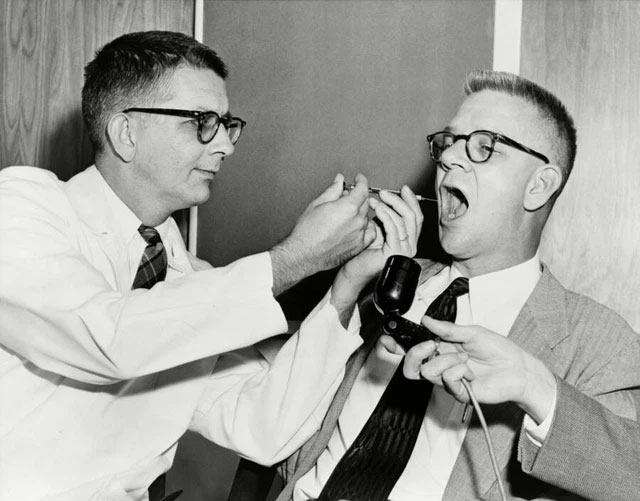
A doctor sprays LSD into the mouth of another doctor during the mind control experiments of Project MKUltra.
Furthermore, these experiments often involved subjects who inadvertently suffered permanent psychological harm.
It is no surprise that the CIA conducted the project with maximum secrecy, even assigning it various codenames. When it ended in the 1970s, most records related to it were destroyed by order of the CIA director – all documents pertaining to the project were obliterated, except for a small cache that was mistakenly retained, but was not intact.
Ultimately, those documents and some government investigations helped bring the project to light. Today, the public even has access to approximately 20,000 documents related to the mind control experiments of Project MKUltra.
However, even this provides only a very small amount of information about what may be one of the largest and most horrific government programs and cover-ups in U.S. history.
The Birth of Project MKUltra at the Height of the Cold War
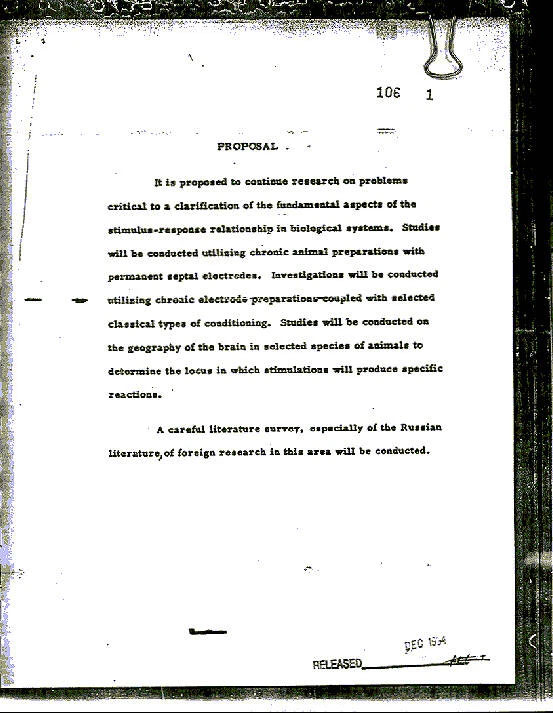
The MKUltra Program also operated under numerous other codenames such as MKNAOMI and MKDELTA. “MK” indicates that the project was funded by the CIA’s Technical Services Division, and “Ultra” was the codename used for classified documents during World War II.
As the Cold War reached its peak in the early 1950s, the American intelligence community became increasingly obsessed with the Soviet Union’s advancing technological capabilities.
In particular, the U.S. government was concerned that it was falling behind the Soviet Union in new interrogation techniques. Reports during the Korean War (later proven false) suggested that Soviet and North Korean forces had developed mind control capabilities, and the U.S. did not want to be outdone.
Thus, on April 13, 1953, then-CIA director Allen Welsh Dulles approved Project MKUltra. This program was quickly led by chemist and poison expert Sidney Gottlieb, who was known by the codename “Black Sorcerer.”
One of Gottlieb’s initial goals was to create a type of “truth serum” that could be used against Soviet spies and prisoners of war to gather intelligence.
Perhaps it is no surprise that creating such a serum proved to be incredibly difficult. Consequently, researchers believed that a form of mind control could be achieved by placing subjects in a heavily altered mental state. They aimed to produce drugs that could control and manipulate the human mind against the Soviet-led faction.
According to journalist Stephen Kinzer, Gottlieb realized that to control the mind, it first needed to be erased. The mind experiments of Project MKUltra extensively studied the creation of drugs that could “enhance individuals’ ability to withstand torture and coercion,” as well as “induce amnesia, shock, and confusion.”
A declassified document from 1955 further noted that MKUltra sought to observe “substances that could cause victims to age faster/slower in their maturation process” and “substances that would promote illogical and impulsive thinking to the extent that the recipient would lose credibility in public.”
With these goals in mind, the scientists of Project MKUltra began devising mind-altering experiments on victims.
How Did the Mind Control Experiments of Project MKUltra Work?
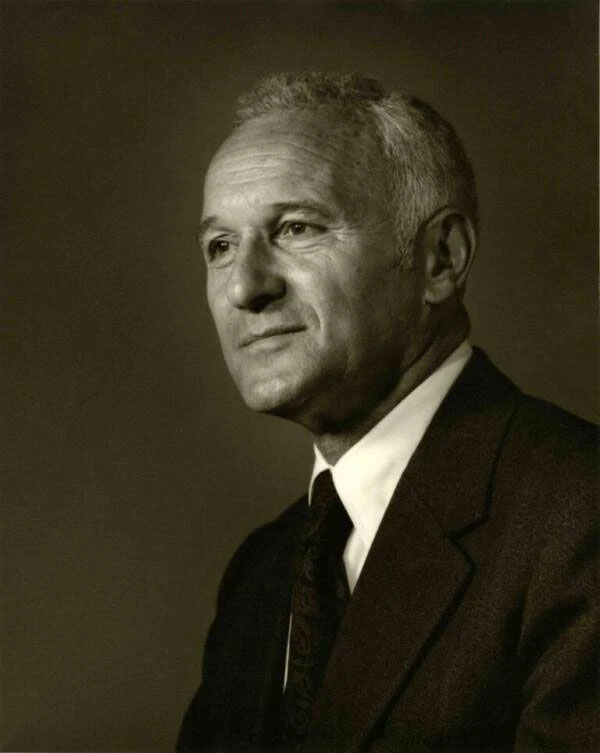
Sidney Gottlieb, who oversaw all mind control experiments of Project MKUltra.
From the beginning, the mind control experiments of MKUltra were conducted with absolute secrecy, partly due to the CIA’s clear awareness of its ethical implications. For the sake of secrecy, 162 experiments of the program were spread across numerous cities, university campuses, prisons, and hospitals. In total, 185 researchers were involved – many of whom were unaware that their work was for the CIA.
In all these varied contexts, the primary experimental method often involved using large amounts of various mind-altering substances with the hope of erasing the human mind in the way Gottlieb desired.
Subjects were injected with LSD, opioids, THC, and the super hallucinogen BZ created by the government, as well as given widely used substances like alcohol. Researchers sometimes also administered two drugs with opposing effects simultaneously (such as barbiturates and amphetamines) and observed the subjects’ reactions, or they would give subjects affected by alcohol another drug like LSD.
In addition to drugs, researchers also employed hypnosis, often aiming to instill fear in subjects that could later be exploited to extract information. They continued to investigate the effects of hypnosis on the outcomes of multiphasic tests and its impact on memory loss.
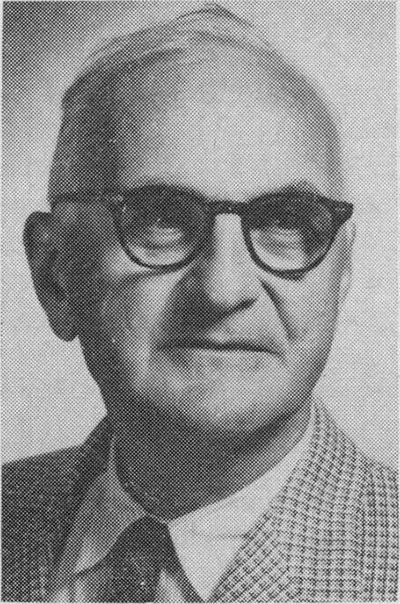
Donald E. Cameron, who was present at the Nuremberg Trials as the psychiatric evaluator for top Nazi Rudolf Hess, was one of the principal researchers in the mind experiments of MKUltra.
Participants in MKUltra were also tested with electroconvulsive therapy, nerve stimulation, and paralysis drugs.
Meanwhile, researcher Donald Cameron (the first president of the World Psychiatric Association and president of the American and Canadian Psychiatric Associations) anesthetized patients and continuously played tapes with sounds or suggestions while they were in a deep coma for extended periods, hoping to adjust schizophrenia by erasing memories to reprogram the subjects’ minds.
In fact, these tests left his subjects in comas for months and permanently afflicted with uncontrollable behaviors and memory loss.
With a toolkit available for arbitrary use, the mind control experiments of Project MKUltra succeeded in severely breaking down the human mind.
Who Were the Subjects of MKUltra?
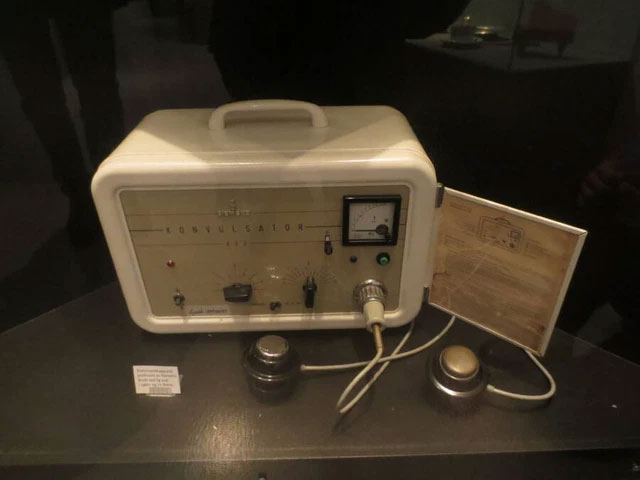
An electric shock machine used in the experiments.
Due to the classified nature of the program, many test subjects were unaware of their participation, and Gottlieb admitted that his team targeted “those who could not resist.” These included drug-addicted prisoners, sex workers, and even psychiatric and terminal cancer patients.
Some MKUltra subjects were volunteers or paid students. Others were addicts who were coerced with the promise of more drugs if they participated.
Although many records of MKUltra were destroyed, there are notable subjects recorded, including: Ken Kesey, author of One Flew Over the Cuckoo’s Nest; Robert Hunter, lyricist for the Grateful Dead; and James “Whitey” Bulger, a notorious Boston mob boss.
Some participants have voluntarily spoken out about their involvement. Kesey, for instance, was an early volunteer and participated in the project while still a student at Stanford University to use LSD and other hallucinogenic drugs.
How the Mind Control Experiments of Project MKUltra Were Exposed
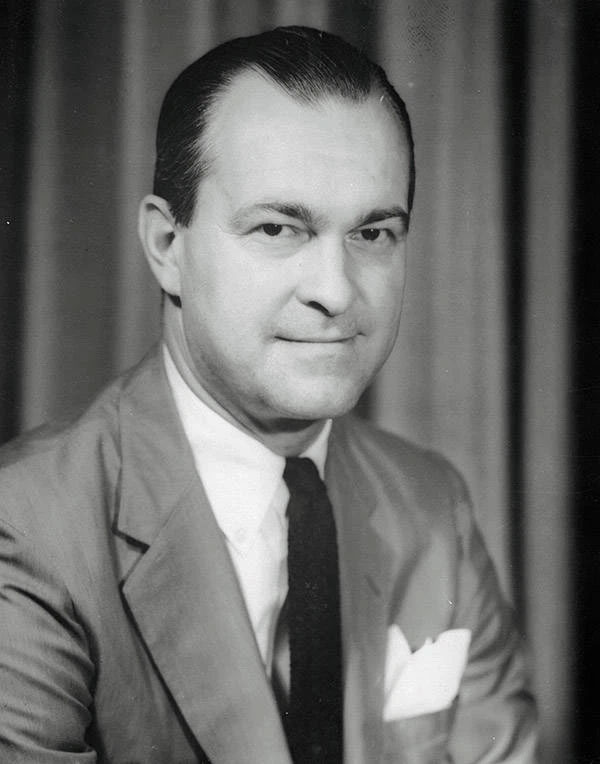
In 1955, a classified document related to this project was leaked, listing a series of methods employed in the project. It was horrifying to learn that the CIA had used about 17 different techniques to manipulate the mind, such as inducing near-drowning sensations, electric shock, starvation or thirst, sleep deprivation, causing fractures or dislocations, asphyxiation, or forced pregnancies, employing artificial methods to induce disorders… To conceal public scrutiny, in 1964, the project was renamed MK-SEARCH, and by 1973, at the order of CIA Director Richard Helms, all related records were destroyed. Although the CIA claimed that these experiments were no longer being conducted, public opinion suggested that the project had gone underground, and Monarch became the successor to the aforementioned “MK-ULTRA” project.
In early 1973, following the Watergate scandal, CIA Director Richard Helms ordered the destruction of all MKUltra documents. He feared that the program would be investigated by all government agencies. However, in 1975, President Gerald R. Ford commissioned an investigation into CIA activities, hoping to root out conspiracies within the organization and established two investigative committees: the Church Committee of the U.S. Congress and the Rockefeller Commission.
The overall investigation revealed that Helms had destroyed most evidence related to MKUltra, but that same year, a file containing 8,000 documents was discovered in a financial records building and subsequently released under the Freedom of Information Act in 1977. According to the investigation data, the CIA spent approximately $10 million (around $80 million in today’s value) on the project, but the results were dismal.
When these documents were made public, the Senate held a series of hearings regarding the ethics of the project later that year. Survivors of the experiments subsequently filed lawsuits against the CIA and the federal government. In 1992, 77 cases involving participants in the MKUltra program were settled.
In 2018, the family of a group of patients filed a class-action lawsuit against the provincial and federal governments of Canada for the experiments that Dr. Cameron conducted on their relatives in the 1960s.
Since the documents were revealed, countless programs and films have been inspired by the mind control experiments of Project MKUltra, most notably The Men Who Stare at Goats, the Jason Bourne series, and Stranger Things.
The government does not deny that MKUltra experiments took place – but much of what occurred remains a mystery. It has acknowledged that experiments occurred at over 80 facilities and often on subjects without their consent. However, most discussions surrounding the experiments today come from conspiracy theorists. The CIA insists that the experiments ceased in 1963 and that all related tests were abandoned. Due to the destruction of most records and the secrecy surrounding the project, as well as the various codenames associated with it, some people believe that experiments are still ongoing today.




















































